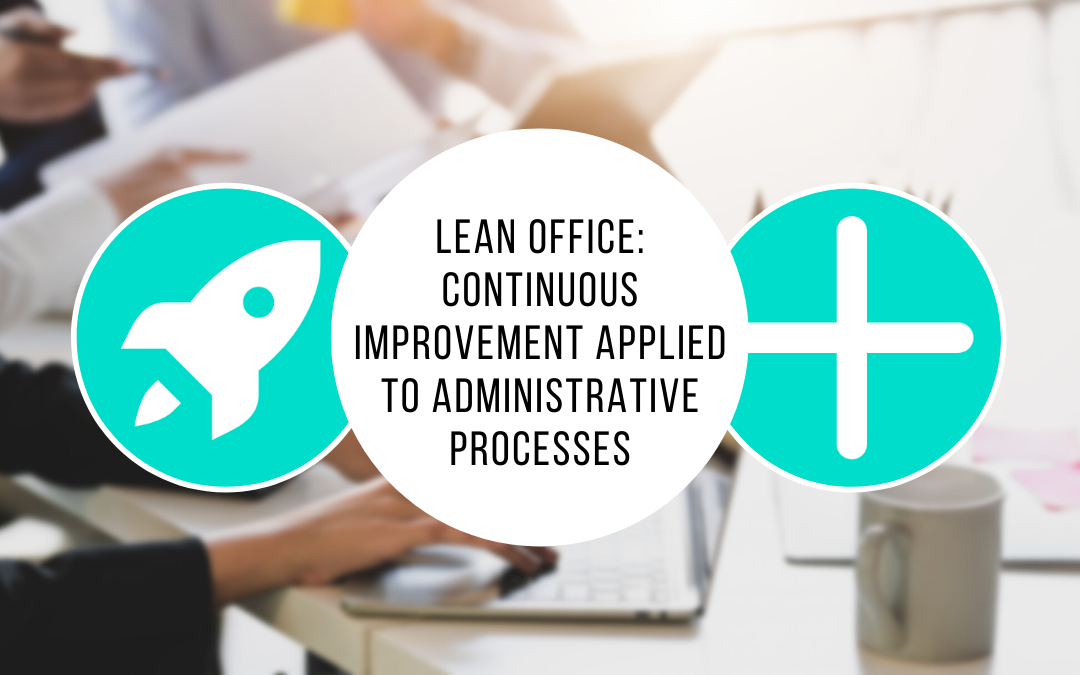The processes used in the industrial field to increase the productivity of teams can also find an application in the tertiary sector. When adapted to administrative tasks, Lean Manufacturing methods can lay the foundations for Lean Office in companies. Service organizations can leverage these principles to reduce waste and save valuable time on a daily basis. Coupled with thecontinuous improvement This method is now essential for all companies in the service sector.
The main principles of Lean Office
In order to increase efficiency while reducing costs, companies are more than ever obliged to control both their business and the working environment available to their employees. In this double perspective, organization is the key to success, at all levels of a company. It is necessary to be able to manage your time, define your priorities in an optimal way and identify the actions to be accomplished. It is in this context that the Lean Office is able to provide relevant tools to rationalize the collective organization of a company and contribute to its development. Within the company, several advantages of this innovative operating mode can be highlighted. A more efficient organization is first of all the best way to reduce the crossing time in order to be able to bill a service as soon as possible. It is then possible to minimize the structural costs in relation to the cost price, while ensuring a fast delivery in order to guarantee a high level of satisfaction for the customers. These methods seek above all to minimize non-value-added tasks, in order to capitalize on actions that can generate profits for the company. A more rational organization also makes it possible to reduce waste, in particular by avoiding the overproduction of documents. Finally, teams will be able to rely on an organized and standardized work environment at all times, while also benefiting from a complete optimization of document and information flows within the company.

Implementation for business processes
Lean implemented according to the imperatives of the service sector is a relevant means to respond to recurring problems that companies must face. Originally used on industrial production floors, these concepts can be profitably applied to administrative activities with maximum efficiency. These involve a series of often time-consuming tasks, which ultimately prove to have no added value for the company. However, routine office operations can be governed by standard operating procedures to be more reliable and efficient. In the face of ever-increasing competition, competitiveness and productivity are now unavoidable notions in all sectors. The aim of the Lean Office is to serve the common interests of the company. There are many shared objectives here: reducing costs, facilitating team activity, improving the flow of information between different groups of employees, facilitating field work where necessary, and more broadly contributing to the company’s development through better management of time and priorities. The deployment of these solutions is carried out before the implementation of a 5S method. This brings order, cleanliness and increased standardization to the various stations. These changes facilitate the integration of new recruits into a company, especially during a growth phase. The 5S method goes hand in hand with a complete mapping of the processes to be optimized in the company. Employees must be involved in this new organization, both to disseminate information more widely and to raise awareness among all employees through a common goal. To ensure the success of this method, an analysis must be carried out in order to define the dysfunctions present in the company and the potential improvements. The Value Stream Mapping (VSM) is the major tool to be used in this area. The VSM allows a group survey of all the activities of a company, to define which ones are of added value and which ones are unnecessarily time-consuming.A tool to implement
a continuous improvement process?
The benefits of this method for the company
In the production sector, these techniques have proved their worth, enabling yield increases of between 10 and %.. Depending on the business area of the companies, transpositions are possible to avoid waste of time and money with more efficient processes throughout the year. Unnecessary expenses are one of the major problems of service sector companies. In terms of the savings achieved through a thorough review of the organization, seven areas of reduction can be identified. They concern the overproduction of paper and digital documents, waiting times to be reduced, tasks related to the transport of documents, the storage of unnecessary information, redundant operations, unnecessary travel as well as errors due to inefficient or poorly understood operating procedures. Here again, collaborative work is essential to drive change in the company.
